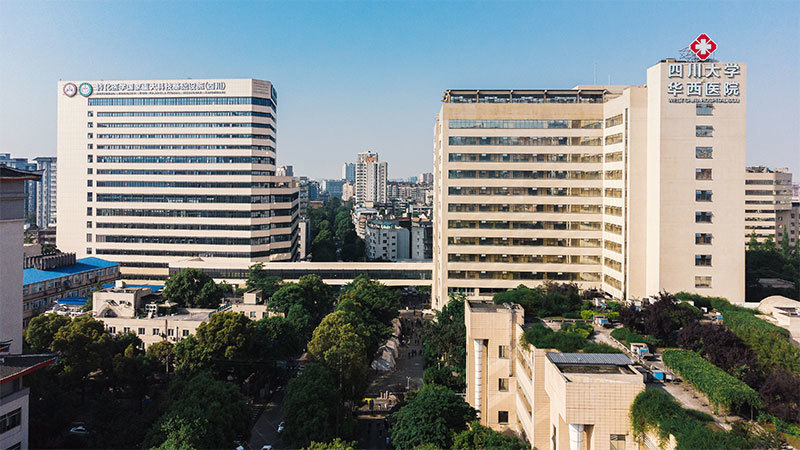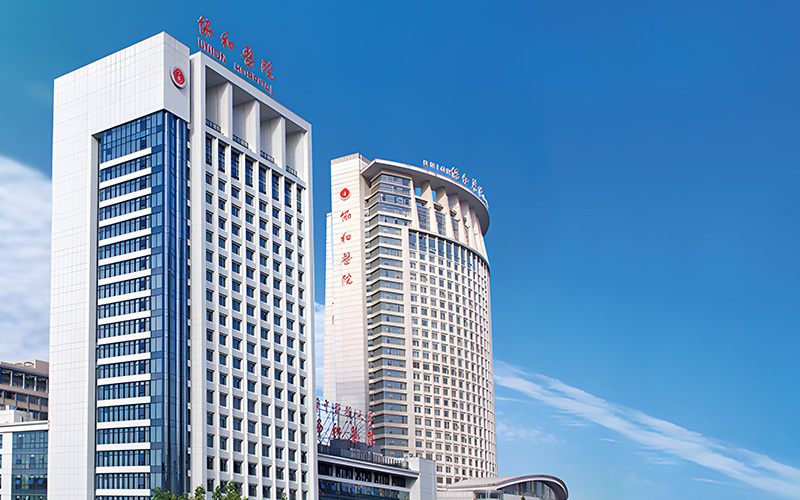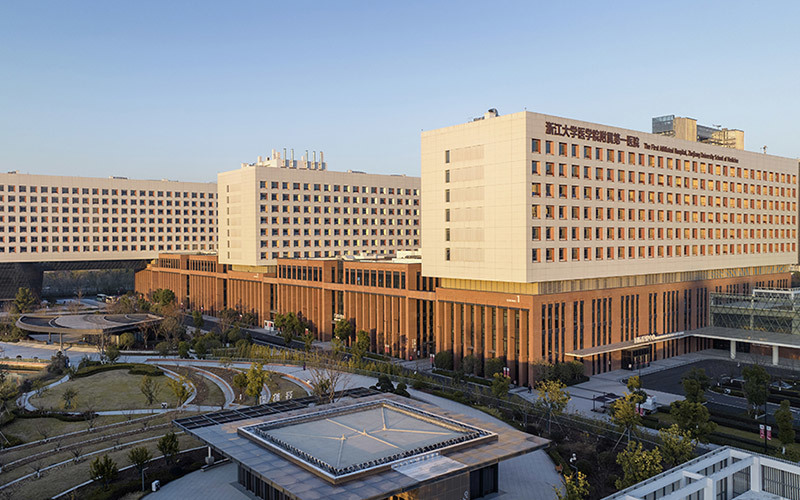[Newly Renovated Old Ward] "Targeted Solutions, Precise Upgrades" — Sichuan University Huaxi Hospital's Laminar Flow Ward Air Conditioning Renovation Project Completed Ahead of Schedule and Delivered to the Client
Category to which: Premium Cases
Category to which: Service Cases
Category to which: After-sales Operation and Maintenance Transformation
Recently, the second-phase commissioning and testing of the purification air-conditioning renovation project for the Burn Intensive Care Unit on the second floor of West China Hospital of Sichuan University, undertaken by Wuhan Huakang Century Medical Co., Ltd., have been successfully completed. The project was delivered nearly a week ahead of schedule.
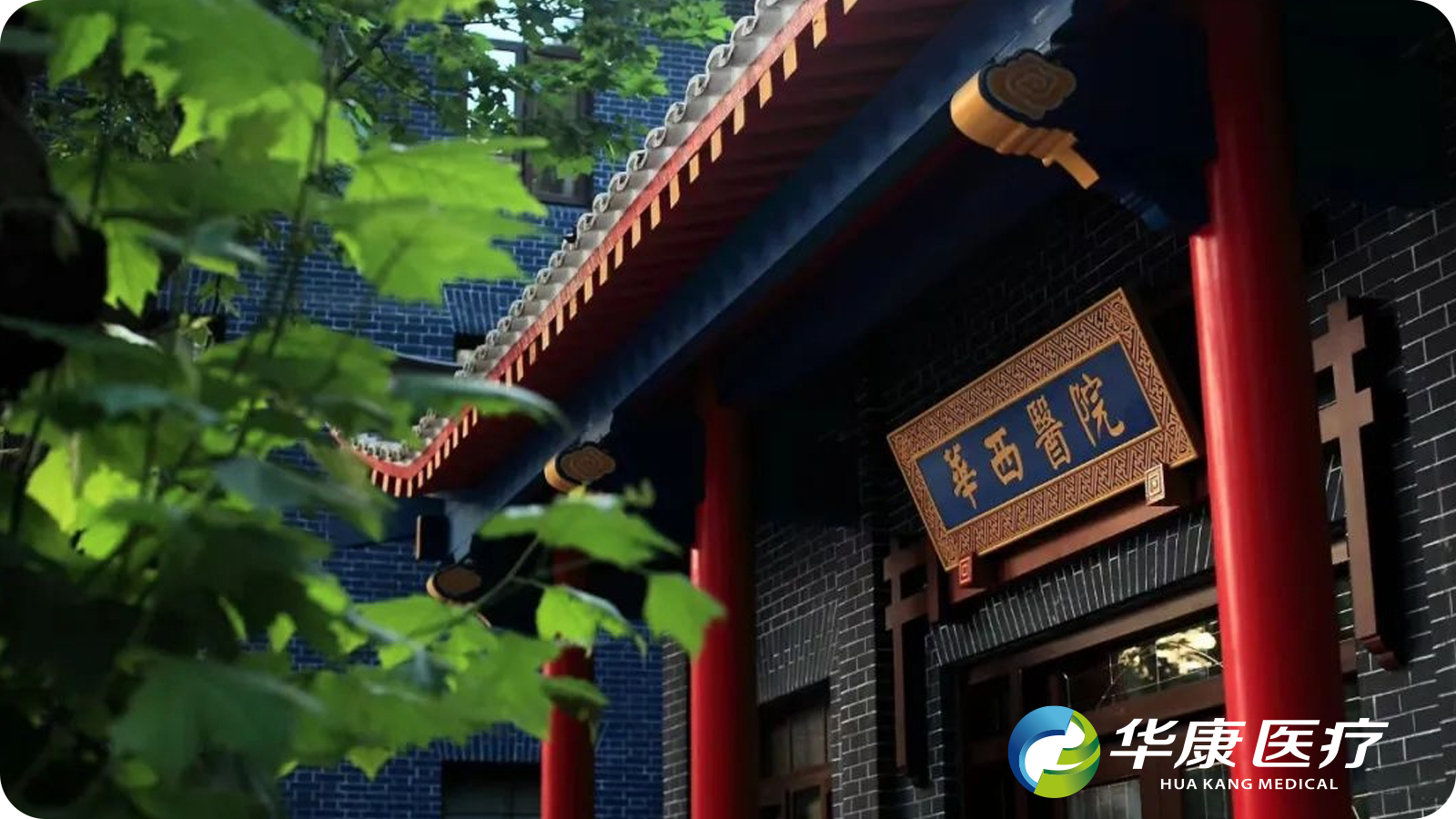
Sichuan University's West China Hospital, founded in 1892, boasts over a century of rich history. It stands as a national-level center for diagnosing and treating complex, critical, and severe medical cases in Western China, as well as a premier national hub for cutting-edge medical research and technological innovation. With its robust overall capabilities, the hospital ranks among the best in China and is recognized internationally as a leader in its field. The laminar flow ward purification and air-conditioning renovation project at West China Hospital is a vital component of the hospital’s ongoing effort to elevate its medical environment. By implementing precise, targeted upgrades, the project aims to enhance the hospital’s overall treatment conditions, providing patients with a more comfortable and secure healthcare setting—while upholding West China Hospital’s time-honored, patient-centered medical philosophy that has thrived for over a century.
Project "Consultation"
"Diagnosing the Pulse": Key Challenges in Implementation
Sichuan University's West China Hospital is among the leading hospitals in southwestern China for specialized burn care, facing significant daily operational pressures. Through a comprehensive "consultation" of the project, this renovation initiative has identified two key implementation challenges.
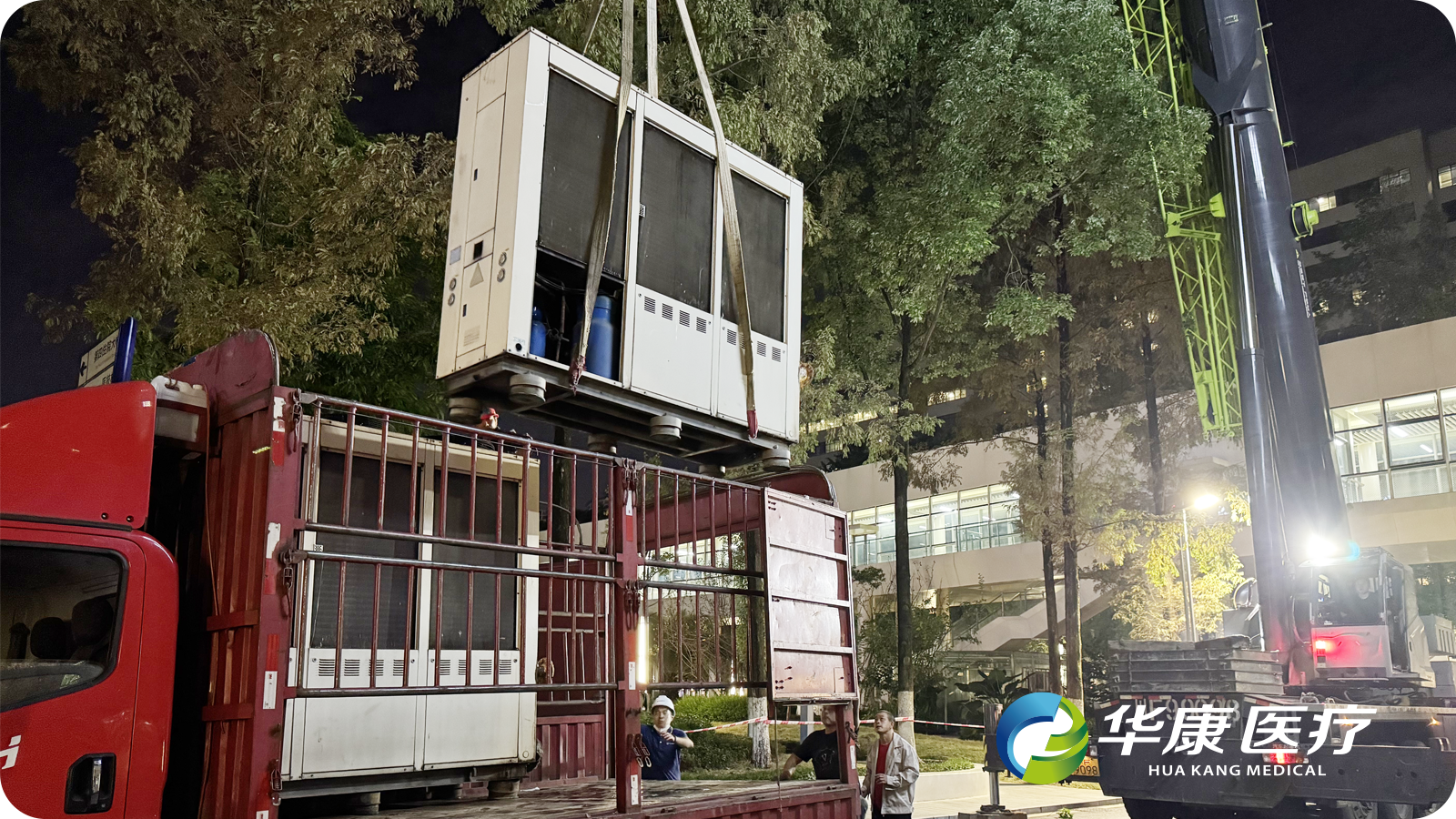
First, there are many issues with renovating and rebuilding; demolition and reconstruction prove particularly challenging.
The project is located in the burn laminar flow ward on the second inpatient building. The ward’s original air purification equipment is already severely outdated, making it difficult to meet environmental control standards. There is an urgent need to replace and upgrade the equipment in areas such as the ward itself, the purification machine room, and the roof—tasks that involve a series of complex processes including demolition, relocation, installation, and commissioning, all of which pose significant construction challenges.
Second, the department simultaneously uses and renovates spaces to ensure hospital infection control safety.
Burn patients often exhibit characteristics such as "rapid onset, severe illness, frequent and dramatic changes, and prolonged recovery," making them highly susceptible to complications like infections—potential risks that demand careful attention. During the ward renovation process, it’s crucial not only to maintain the required cleanliness standards and ensure the facility operates smoothly but also to meet tight deadlines while minimizing disruptions to patients’ physical and emotional well-being, as well as to their medical care routines. Above all, patient safety must remain the top priority.
"Treating the symptoms directly"
Tackling challenges from multiple angles
Based on the actual situation and addressing the project's key challenges, the Huakang Medical project team took a targeted approach, tackling issues from three critical dimensions—planning, management, and implementation—and successfully completed the project construction, ensuring the safe and seamless operation of the hospital wards.
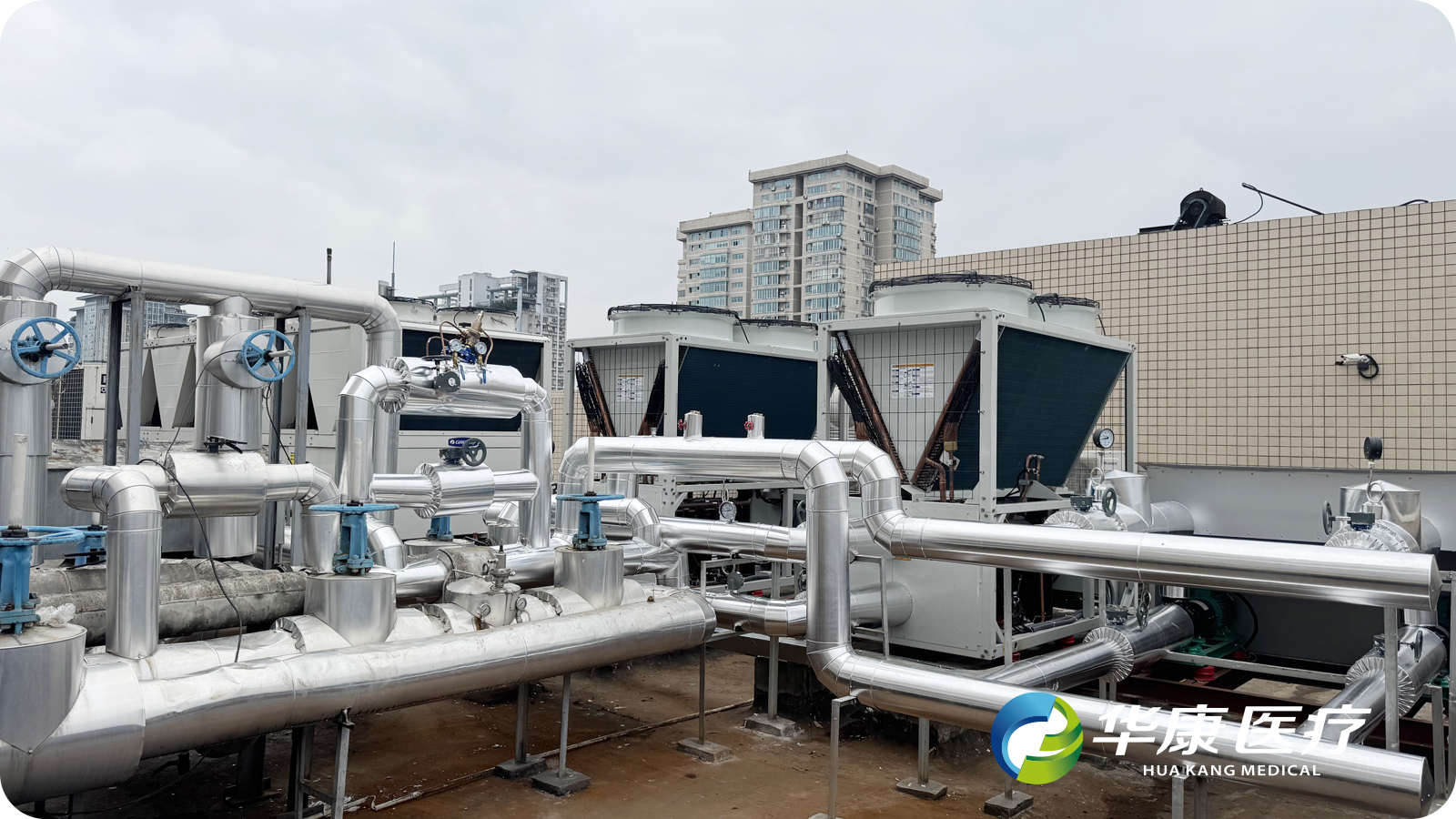
1. Technology First, Service Front-Loaded
Huakang Medical has assembled an end-to-end team covering technology, procurement, and construction. Technical experts are embedded within the project team to conduct thorough site assessments in advance, identifying potential challenges and bottlenecks early on. They also develop detailed construction plans and contingency strategies specifically for critical areas. Meanwhile, procurement engineers provide continuous oversight to ensure a seamless flow of materials, maintaining uninterrupted on-site operations. Throughout the construction process, project managers maintain efficient communication with the client, promptly addressing evolving needs, minimizing rework, and keeping the project timeline firmly on track.

2. Rational Planning and Strategic Management Upgrade
The project team has developed a well-structured construction plan, with work progressing sequentially across the site: starting with the roof-mounted units, followed by the purification equipment rooms, and finally moving on to the patient wards. The process begins with the removal and installation of the central chillers and heat pumps, after which each purification unit in the respective areas will be replaced individually.
Each unit operates independently, allowing completed sections to become operational and functional ahead of schedule. Meanwhile, the patient wards are being renovated in phases—first as six-bed rooms, then four-bed rooms—following a step-by-step approach that includes renovation, testing, and relocation. This phased strategy ensures that ongoing renovations minimize disruptions to daily ward operations, enabling patients to continue using the facilities as much as possible during the transformation process.

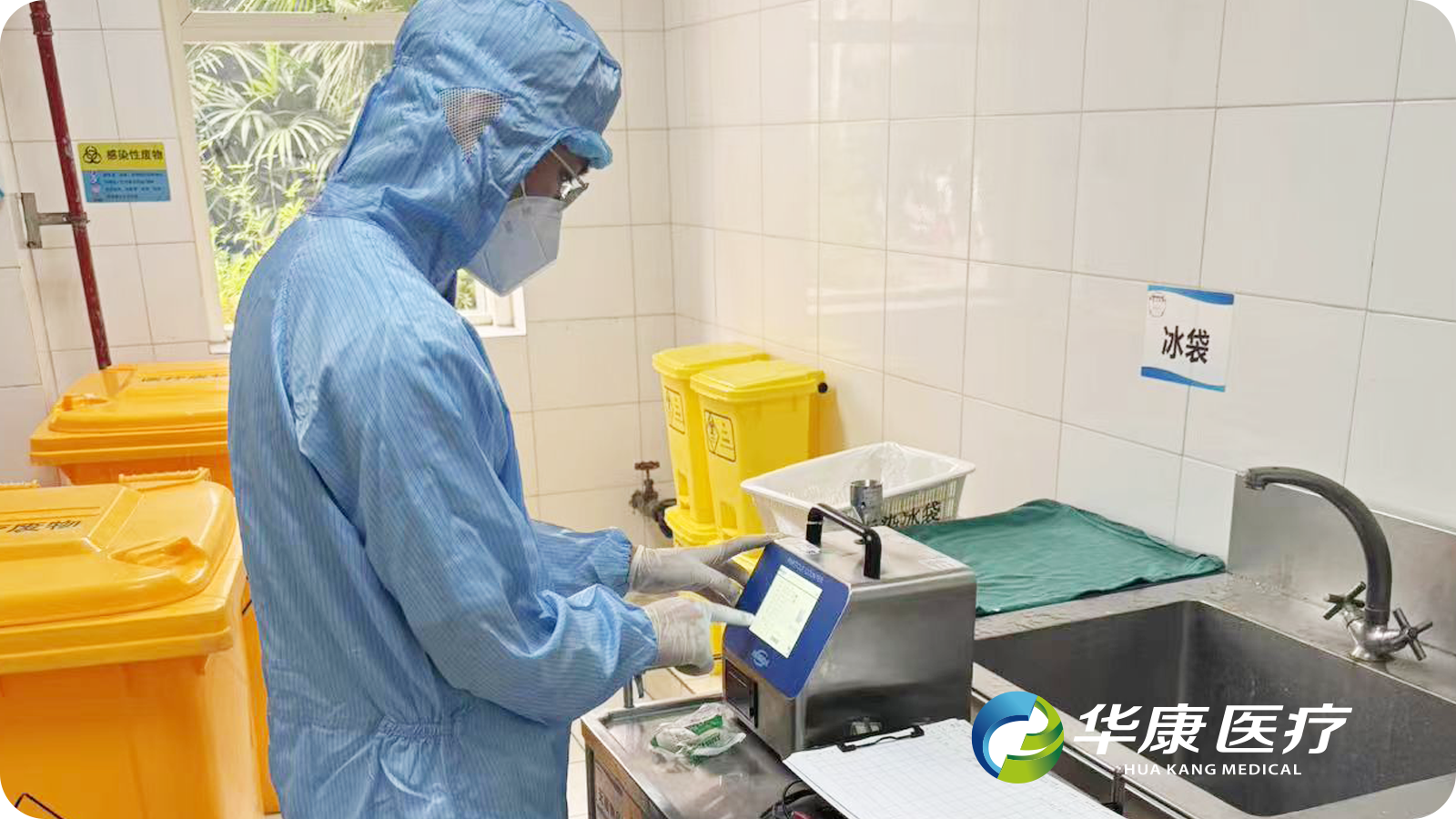
Construction workers are managed under the principle of "finish first, go off duty first," which not only ensures adequate rest time for personnel and boosts productivity the next day but also promotes safer working conditions on-site.
3. Innovative Construction, Ensuring Safety Every Step of the Way
During the renovation construction, the project team enclosed and fenced off the construction area while tightly sealing the ductwork—ensuring both on-site construction safety and maintaining the cleanliness of the patient rooms. However, because the positions of the ducts and the air outlets of the purification units shifted significantly, this resulted in a substantial increase in duct installation work and a higher demand for custom-shaped components. The team uses a combination of customizing non-shaped components at the company’s own factory and independently machining shaped components on-site. Shortening the project timeline ensured smooth progress. The project team also shifted from the conventional ground-level routing of air conditioning supply and return pipelines to a top-mounted approach, significantly boosting the three-dimensional utilization of space in the machine room and providing greater convenience for future maintenance and inspections.

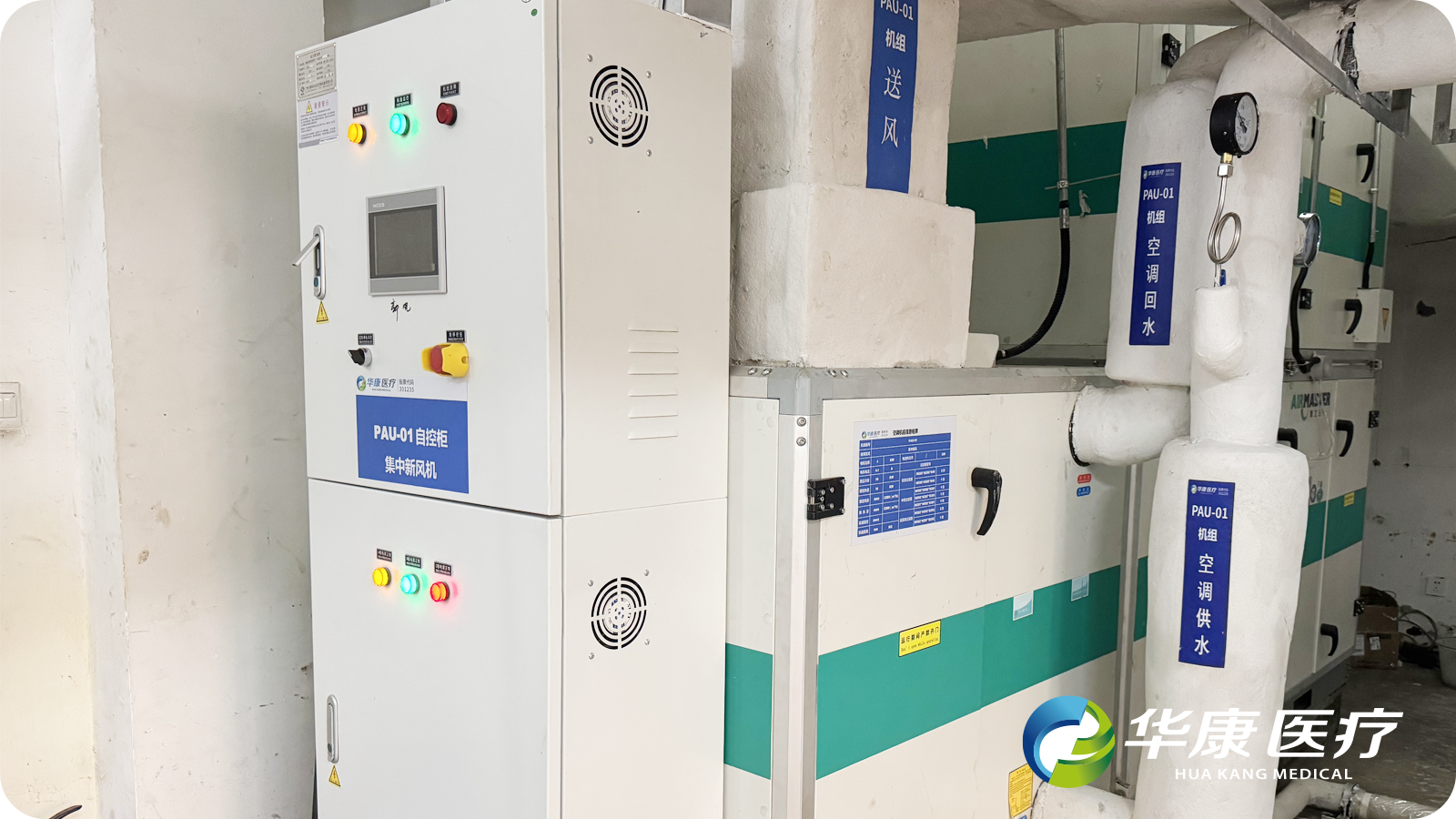
The renovated machine room continues to implement Huakang Medical’s 6S management system. All pipelines are wrapped with aluminum-magnesium insulation material, and each valve, unit, pipe, as well as the automated control cabinets, is clearly labeled—providing convenience for operation, maintenance, and troubleshooting tasks.
Early delivery
Five-star after-sales team provides "all-inclusive" operations and maintenance
Under the premise of ensuring construction quality and safety, the Huakang Medical project team worked overtime and fought continuously, completing all processes—including demolition, transportation, installation, and equipment debugging and testing—within just half a month. They successfully fulfilled the renovation task and delivered the project nearly a week ahead of schedule.

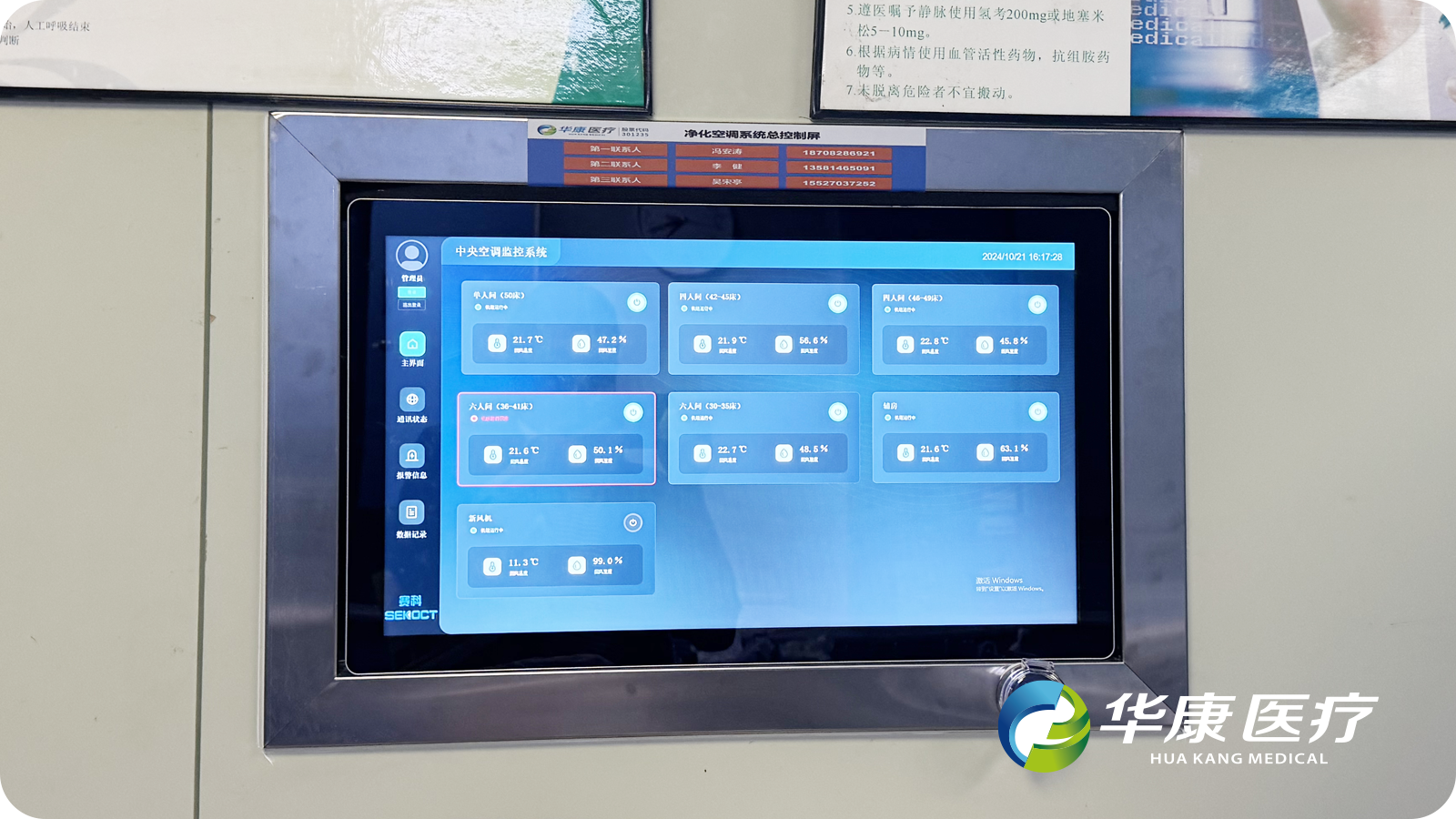
Following this, Huakang Medical’s Five-Star After-Sales Operations and Maintenance team moved into the project to provide a comprehensive, two-year all-inclusive service. The team will meticulously adhere to the company’s after-sales maintenance standards, conducting weekly on-site inspections, monthly follow-up visits, and quarterly safety assessments performed by the company’s quality control team. Additionally, an annual third-party inspection will be carried out to ensure optimal equipment performance. For any unexpected issues, the company guarantees that on-site engineers will arrive at the location within 30 minutes to resolve the problem, ensuring 24/7 protection of the project’s safe and continuous operation.
The laminar flow ward purification air conditioning renovation project at West China Hospital of Sichuan University has addressed the longstanding issues of declining equipment efficiency and rising safety risks in this veteran hospital, creating a superior medical environment for both patients and staff, and propelling the hospital’s quality improvement and modernization to a new level. Moving forward, the Huakang Medical project team will continue to uphold the "customer-centric" service philosophy, delivering high-quality, full-lifecycle customer care that supports the vision of a "Healthy China."
Latest case





